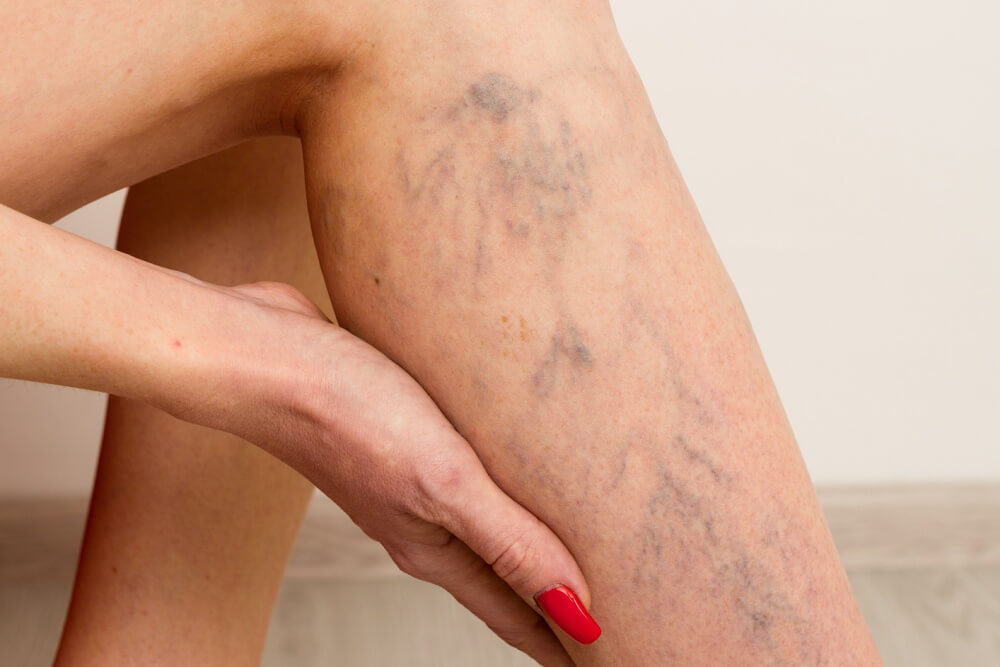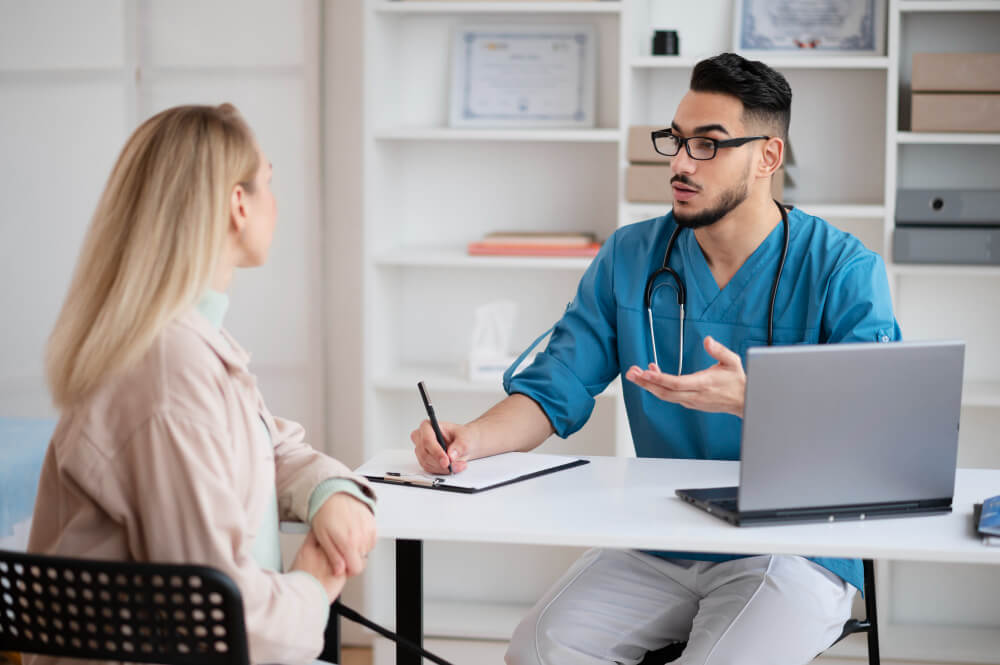Beyond Bulging Veins: Understanding Varicose Veins and Restoring Healthy Circulation
Our legs are marvels of engineering, propelling us through life’s journeys. However, these tireless workhorses rely on a healthy circulatory system to function optimally. When blood flow becomes sluggish, a condition known as varicose veins can develop. These are enlarged, twisted veins that bulge just beneath the skin’s surface, most commonly appearing in the legs.
This article sheds light on varicose veins, their link to poor blood circulation, the symptoms they cause, and the various treatment options available. By understanding this connection, you can work with your healthcare provider to develop a personalized treatment plan to address your specific needs and restore healthy circulation in your legs.
Understanding Varicose Veins: A Circulation Challenge
Healthy veins have a crucial role in circulation: returning blood from the body to the heart. Here’s how varicose veins disrupt this process:
- One-Way Valves: Veins have one-way valves that ensure blood flows upwards towards the heart. When these valves weaken or become damaged, blood can flow backward and pool within the veins, causing them to enlarge and become varicose.
- Increased Pressure: Certain factors can increase pressure within the veins, making them more susceptible to varicose development. These include pregnancy, obesity, prolonged standing or sitting, and hormonal changes.
- The Role of Poor Circulation: Varicose veins are a clear sign of poor circulation in the legs. When blood flow becomes sluggish, it doesn’t return to the heart efficiently, leading to blood pooling and the development of varicose veins.
Beyond Appearance: Symptoms of Varicose Veins and Poor Circulation
While varicose veins can be a cosmetic concern, they can also cause various symptoms, often linked to poor circulation:
- Visible Bulging Veins: These enlarged, twisted veins appear just beneath the skin’s surface, often described as blue or purple in color.
- Aching or Heaviness: Aching, heaviness, or a feeling of tiredness in the legs, especially at the end of the day or after prolonged standing or sitting, is a common symptom.
- Itching and Burning: The affected area might feel itchy or burning, causing discomfort and potentially disrupting sleep.
- Skin Changes: In severe cases, varicose veins can lead to skin changes like discoloration, dryness, or even leg ulcers.
It’s important to note that not everyone with varicose veins experiences symptoms. However, if you experience any of these symptoms, especially in conjunction with visible varicose veins, it’s advisable to consult your healthcare provider for evaluation and treatment options.
Treatment Options for Varicose Veins and Restoring Circulation
Fortunately, there are various treatment options available for varicose veins, many of which can also improve circulation in the legs:
Minimally Invasive Procedures:
These techniques address varicose veins without major surgery and offer a faster recovery time.
- Sclerotherapy: A solution is injected into the varicose vein, causing it to scar and collapse. Over time, the body reabsorbs the collapsed vein.
- Laser Treatment: Laser energy heats and closes the varicose vein. This approach is effective for smaller varicose veins.
- Radiofrequency Ablation: Radiofrequency waves are delivered to heat and seal the varicose vein.
Lifestyle Modifications:
These changes can help improve circulation and prevent further varicose development:
- Maintain a Healthy Weight: Excess weight puts additional strain on the veins.
- Engage in Regular Exercise: Physical activity improves circulation and helps prevent blood from pooling in the legs.
- Elevate Your Legs When Resting: Elevating your legs above your heart level can help promote healthy circulation.
- Avoid Prolonged Standing or Sitting: Take frequent breaks to move around and improve blood flow.
- Wear Compression Stockings: These stockings apply gentle pressure to the legs, which can help improve circulation and reduce symptoms.


